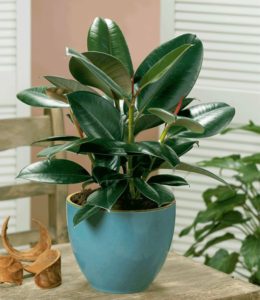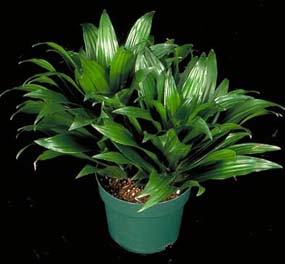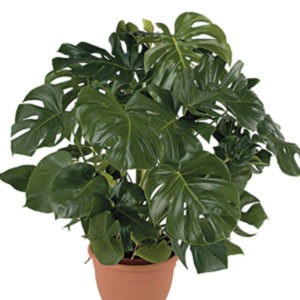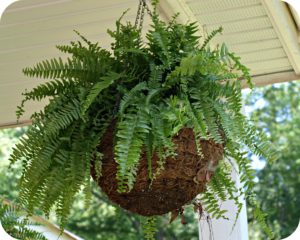5 Plants to Purify Your Home and Office
Common indoor plants may provide a valuable weapon in the fight against rising levels of indoor air pollution. Scientists have been finding plants useful in absorbing potentially harmful gases and cleaning the air inside homes, indoor public spaces and office buildings.
Some of these pollutants are formaldehyde, Volatile Organic Compounds (benzene and trichloroethylene or TCE), airborne biological pollutants, carbon monoxide and nitrogen oxides, pesticides and disinfectants (phenols), and radoncan. These pollutants can cause symptoms ranging from allergies, headaches and fatigue through to nervous-system disorders, cancer and death.
Studies conducted by NASA, scientists have identified 50 houseplants that remove many of the pollutants and gases mentioned above. These plants remove chemical vapors, are easy to grow, are resistant to insect problems, and transpiration (the amount of water they expire into the air).
Top five plants for removing formaldehyde, benzene, and carbon monoxide from the air:
1. Areca Palm (Chrysalidocarpus lutescens)

Also called the “Butterfly Palm”. An upright houseplant that is somewhat vase shaped. Specimen plants can reach 10 to 12 foot in height. Prefers a humid area to avoid tip damage. Requires pruning. When selecting an Areca palm look for plants with larger caliber trunks at the base of the plant. Plants that have pencil thin stems tend to topple over and are quite difficult to maintain.
2. Rubber Plant (Ficus robusta)

Grows very well indoors, preferring semi-sun lighting. Avoid direct sunlight, especially in summer. Young plants may need to be supported by a stake. The Ficus grows to 8’ with a spread of 5’. Wear gloves when pruning, as the milky sap may irritate the skin. Water thoroughly when in active growth, then allow the soil to become fairly dry before watering again. In winter keep slightly moist.
3. Dracaena “Janet Craig” (Dracaena deremensis)

The Dracaena grows to 10’ with a spread of 3’. Easy to grow, these plants do best in bright indirect sunlight coming from the east/west. They can adapt to lower light levels if the watering is reduced. Keep the soil evenly moist and mist frequently with warm water. Remove any dead leaves. Leaf tips will go brown if the plant is under watered but this browning may be trimmed.
4. Philodendron (Philodendron sp.)
One of the most durable of all house plants. Philodendrons prefer medium intensity light but will tolerate low light. Direct sun will burn the leaves and stunt plant growth. This plant is available in climbing and non-climbing varieties. When grown indoors, they need to be misted regularly and the leaves kept free of dust. Soil should be evenly moist, but allowed to dry between watering.
5. Boston Fern (Nephrolepis exaltata “Bostoniensis”)

The Boston fern grows to 4’ in height with a spread up to 5’. It has feathery ferns which are best displayed as a hanging plant. It prefers bright indirect sunlight. Keep the soil barely moist and mist frequently with warm water. This plant is prone to spider mites and whitefly which can be controlled using a soapy water spray. Inspect new plants for bugs before bringing them home.
References:
Wolverton Environmental Services (http://www.wolvertonenvironmental.com/air.htm), Last updated May 2009.
Dr. B.C.Wolverton’s book is available online: “How to Grow Fresh Air – 50 Houseplants that Purify Your Home or Office”.
His Latest book, Plants: Why We Can’t Live Without Them is also now available online.
Original Article published by earth easy.com.












